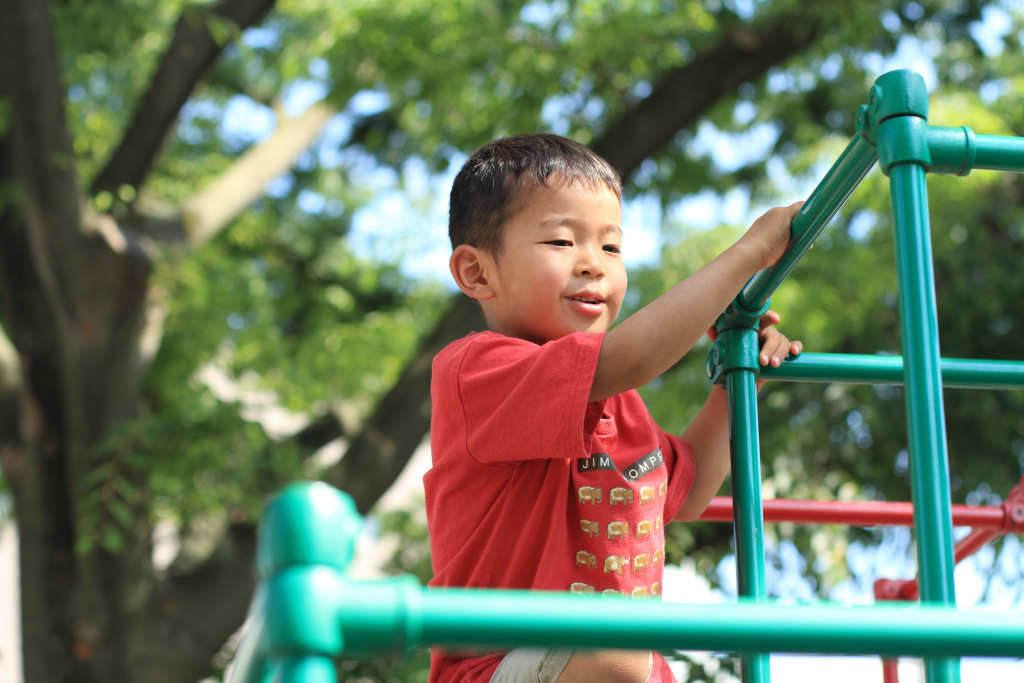- Playgrounds promote child development but can pose risks; supervision and equipment inspection are crucial.
- Safe play surfaces, adherence to age guidelines, and safety rules education enhance playground safety.
- Correct equipment use, avoiding off-limits climbing, and respectful play behavior prevent unnecessary injuries.
- Identifying nearby urgent care clinics and preparedness for injuries ensure quick response to accidents.
Playgrounds offer children an excellent opportunity to develop their physical, social, imaginative, and emotional skills. Despite being an invaluable space for children, gardens are also filled with hidden hazards that may injure the little ones. This is why you must always prioritize your children’s safety when they’re out playing. This blog post will discuss some of the best practices for preventing injuries at playgrounds and offer some practical tips for parents to ensure their kids are safe while playing.
Supervise Your Kids
One of the best ways to keep children safe on the playground is to supervise them. Children under five years of age require closer supervision as they cannot assess risks effectively. Parents must keep an eye on their kids and be around when they are playing to provide immediate assistance when required. Parents should be visible to older children but not interfere with their playtime. Here are some other things to do while supervising your kids:
Inspect Playground Equipment
Before your child jumps onto the playground equipment, take a few minutes to inspect it for potential hazards. Look out for broken or damaged equipment, sharp edges, and loose screws or bolts. Always ensure that equipment is age-appropriate for your child’s age, height, and weight and that they are wearing appropriate clothing and footwear.
Choose a Safe Play Surface
The type of surface under playground equipment is also critical for injury prevention. Choose a surface that provides cushioning, such as mulch, rubber, or foam. This is particularly important for playgrounds with equipment that elevates children off the ground. Avoid playgrounds with hard surfaces such as concrete, asphalt, or grass. Always check that the surface is safe before allowing your child to use the equipment.
Follow Recommended Age Limits and Guidelines
Following the recommended age limits and guidelines for playground equipment is essential. These guidelines are put in place to ensure that children use equipment that is designed for their age and physical abilities. Always check the manufacturer’s recommendations and signage on the equipment before allowing your child to use it. Encourage your child to play with equipment that is suitable for their age and abilities.

Teach Children Playground Safety Rules
It’s essential to teach your child some safety rules before they head out to play. It’s important to teach children how to fall safely by landing on their hands and knees, and not their heads, and to remind them to wash their hands after playing. Here are some other things to teach them:
Use the Equipment as Intended
Ensure your child understands the importance of using playground equipment as it was designed to be used. Swings should not be twisted or used for standing or jumping off. Slides must be used feet first, one at a time, and climbers must not be scaled beyond their designed height limit. It’s essential to make sure that your child understands that misuse of equipment can result in unnecessary injuries.
Do Not Climb on Surfaces Not Meant for Climbing
Not all parts of the playground are meant for climbing. Teach your child to avoid climbing on fences, guardrails, or other structures not designed for this purpose. These surfaces may not be safe and can result in falls or other injuries. Instructing your child about the appropriate places to climb is a critical step in promoting playground safety.
Avoid Pushing or Shoving Other Children
Besides the physical risks, playground safety also encompasses positive social behavior. Teach your children the importance of respecting others while playing. They should understand that pushing, shoving, or bullying other children is unacceptable behavior. Encourage them to wait for their turn on the equipment and to assist younger or less experienced children if needed. This would prevent accidents and foster a friendly and supportive play environment.

Look for Urgent Care Clinics
Accidents can still happen no matter how much attention you pay to playground safety. It is crucial to be prepared for such situations and have a plan in place on what to do if your child gets injured.
Find out the location of a nearby urgent care pediatrics clinic, which offer walk-in services as well as specialized pediatric care. Ensure you carry a list of emergency contact numbers and a first aid kit when taking your child to the playground.
Being prepared for any eventuality will help ensure that your child has the best possible chance of recovering quickly from an injury. In some cases, if the damage is more serious, you may need to take your child to an emergency room.
Playgrounds are excellent places for children to play and develop socially, emotionally, and physically. However, they can also pose hidden dangers that may cause injuries. Parents must prioritize their children’s safety when visiting playgrounds, whether it is inspecting equipment, teaching children playground safety rules, supervising their children, using safe surfaces, or following recommended age limits and guidelines. By following these best practices for injury prevention, parents can ensure that their children have safe and pleasant playtimes at the playground.



















